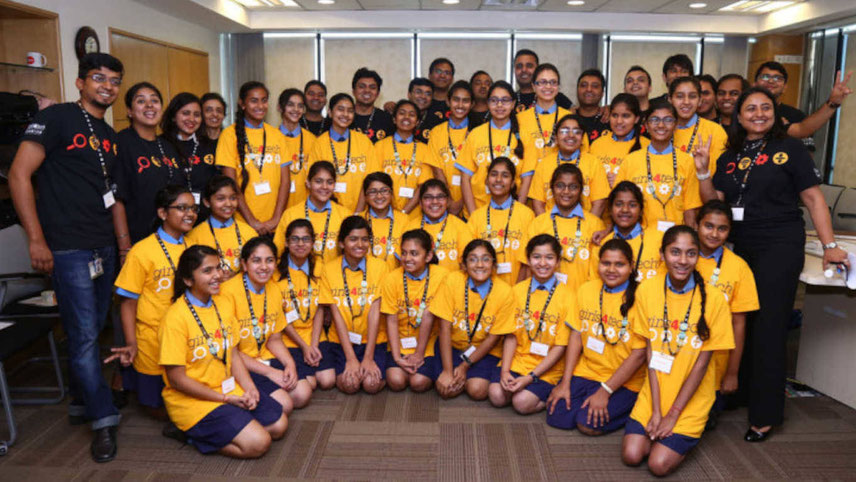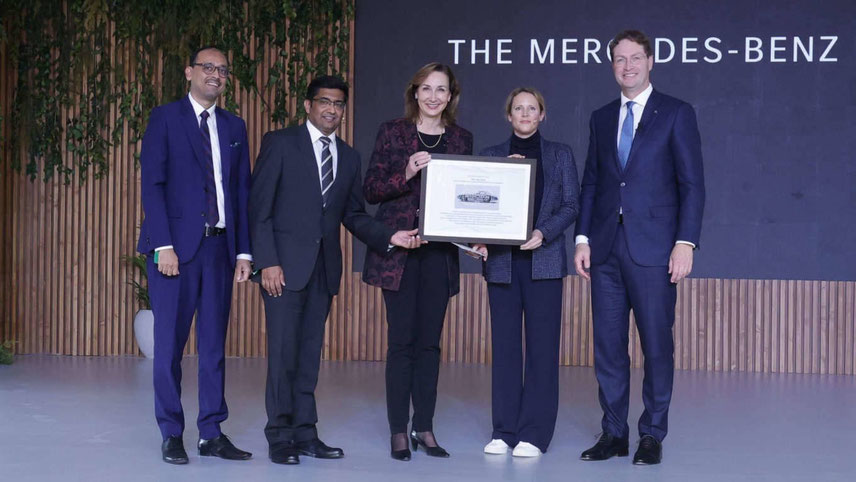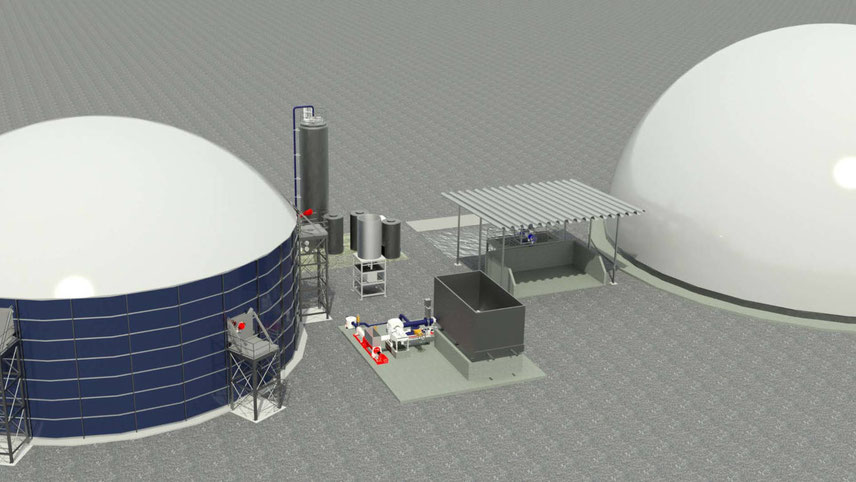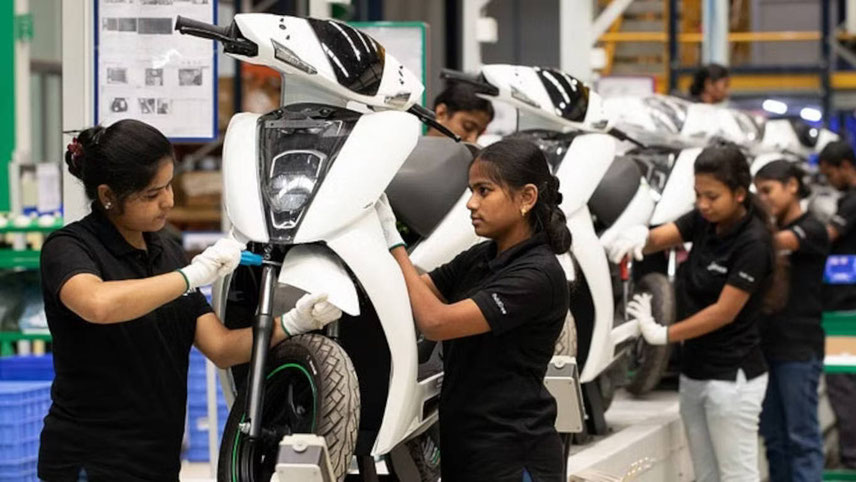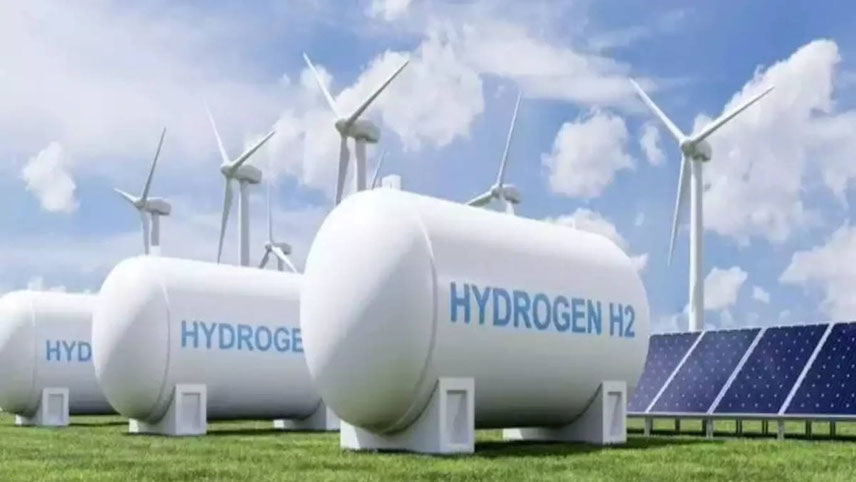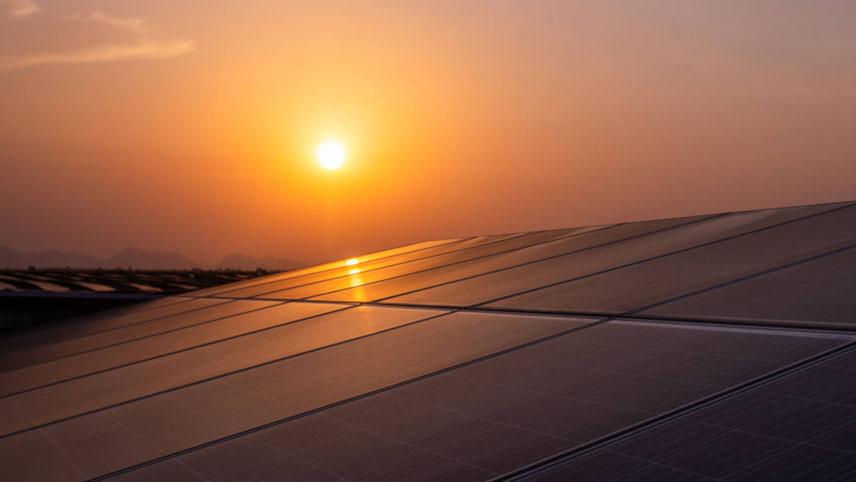
The recent IPCC (Inter-governmental Panel on Climate Change) report said that the globe will be warmer by 1.5°C by 2040, earlier than previously anticipated. The climate task is clear – global carbon emissions must halve by 2030 and be net-zero by 2050. Unless we act now, and at scale, things will get worse and deterioration will be non-linear. Corporations have a major role to play. An article in The Guardian mentioned that 100 corporations cause 71 per cent of the world’s emissions. Most of these corporations are in hard-to-abate sectors like steel, aluminium, cement, chemicals, aviation, shipping, and trucking. Every one of these industries and the corporations in these industries must adopt low carbon production methods and produce low carbon products and services for consumption. Since 74 per cent of the world’s emissions are related to generation and consumption of energy, there are three things to do – make every process energy efficient, adopt renewable energy at scale and invest in carbon removals for all residual emissions. Together these action areas will retard the pace of climate change and give us a chance to keep average temperature rise between 1.5° and 2°C. The Mahindra Group’s net-zero journey started 14 years ago. The initial experiments with energy efficiency projects were very successful and gave us the confidence to deploy energy efficient lighting, cooling, and heating solutions at scale in each of its businesses. The group has also adopted energy efficient motors, and re-engineered production processes. As a result, a vehicle requires 67 per cent lesser energy to be made at a Mahindra factory than it did 8 years ago. Mahindra Group has also proactively invested in low carbon businesses like solar energy, automobile recycling, micro-irrigation, green buildings, waste to energy and electric mobility. These are business for the future and will enable different sections of society to reduce their emissions. The IPCC report says that the 2030 goal of halving the world’s emissions can be achieved by deploying low carbon technologies that are available today. However, reaching the net-zero goal by 2050 will require economic viability of many technologies that are maturing now and some that are very nascent. These technologies include clean hydrogen, high density storage batteries, flexible solar films, and carbon capture and usage. While green hydrogen and clean transportation are on their way to becoming economically viable, flexible solar films and carbon capture and usage have a long way to go. While mitigating emissions is important, it does not to solve the climate problem by itself. Removing carbon dioxide from the air is an integral part of the climate solution and both types of solutions, mitigation and removal, must be deployed simultaneously to create meaningful impact. The Mahindra Group started planting a million trees annually from its 60th anniversary. Today there is a stock of 19 million trees and efforts are being made to increase the plantation rate to 5 million trees a year even as investments continue to be made in energy efficiency and renewable energy.




























